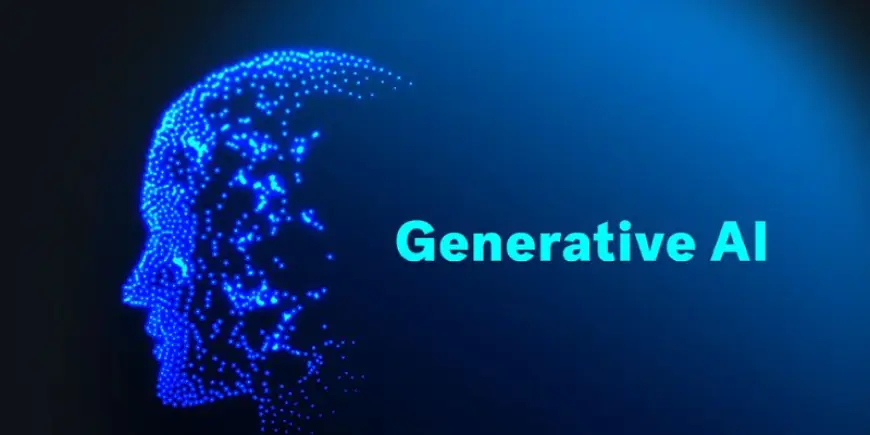Evolution of Generative AI: From GANs to Large Language Models
This Article is about the Evolution of Generative AI: From GANs to Large Language Models. Generative AI Course in Chennai provides the right foundation to explore its concepts.

Artificial Intelligence has advanced at an extraordinary pace, with generative models becoming a focal point of innovation. For those who wish to build a career in this exciting domain, enrolling in a Gen AI Course in Chennai provides the right foundation to explore its concepts and applications. To truly understand the significance of today’s powerful models, it is important to trace the journey of generative AI, beginning with early frameworks like Generative Adversarial Networks and leading to the sophisticated Large Language Models that are now transforming industries.
Early Foundations of Generative AI
Generative AI focuses on creating new outputs such as text, images, or audio, based on the data it learns from. Early machine learning models primarily handled classification and prediction tasks, but researchers soon explored the possibility of designing systems that could generate novel outputs. This idea laid the groundwork for the innovations that followed.
Breakthrough of GANs
The real momentum for generative AI began in 2014 with the introduction of Generative Adversarial Networks (GANs) by Ian Goodfellow. GANs consist of two neural networks, a generator and a discriminator, that work against each other in a competitive process. The generator creates new data samples, while the discriminator evaluates them against real data. Through continuous interaction, the generator improves its ability to produce highly realistic outputs.
Variational Autoencoders and Other Models
Alongside GANs, other architectures such as Variational Autoencoders (VAEs) played a significant role in advancing generative AI. VAEs were particularly useful in tasks requiring structured representation learning, such as generating smoother variations of images or text. While they did not produce outputs as visually sharp as GANs, they contributed valuable insights into how machines could represent and manipulate data in creative ways.
Rise of Transformer Architectures
The next major breakthrough in the evolution of generative AI came with the introduction of transformer models in 2017. The transformer architecture, designed for natural language processing, brought new efficiency and accuracy in handling large datasets. Its self-attention mechanism enabled models to understand context better than previous architectures, which was essential for language-based applications.
Emergence of Large Language Models
Building on the transformer architecture, Large Language Models (LLMs) such as GPT, BERT, and their successors marked the next stage in generative AI. These models are trained on extensive datasets and can generate coherent, contextually accurate text across a wide range of topics. They are capable of drafting articles, answering questions, writing code, and even assisting in research.
Comparing GANs and Large Language Models
While GANs and LLMs represent different approaches within generative AI, their contributions are complementary. GANs excel at visual and artistic generation, creating highly realistic images, artwork, and design prototypes. Large Language Models, on the other hand, dominate the realm of text, conversation, and code generation. Together, they highlight the diverse potential of generative AI to impact multiple fields simultaneously.
Real-World Applications of LLMs
Large Language Models have already found widespread use across industries. Businesses employ them for customer support through intelligent chatbots, marketers use them to develop content strategies, and researchers rely on them for literature analysis. In software development, LLMs assist programmers by suggesting code snippets and detecting errors. These real-world applications demonstrate the maturity of generative AI and its ability to integrate seamlessly into professional workflows.
From the early days of Generative Adversarial Networks to the rise of Large Language Models, the journey of generative AI reflects remarkable progress in machine creativity and intelligence. Each stage has brought new possibilities, challenges, and opportunities for innovation. As industries continue to integrate these models into their workflows, understanding their evolution becomes essential for anyone aspiring to work in this field. Enrolling in a FITA Academy is a practical way to gain the skills and insights needed to participate in this transformation. By learning how these models function and where they are headed, individuals can position themselves at the forefront of one of the most dynamic areas of technology today.
What's Your Reaction?
 Like
0
Like
0
 Dislike
0
Dislike
0
 Love
0
Love
0
 Funny
0
Funny
0
 Angry
0
Angry
0
 Sad
0
Sad
0
 Wow
0
Wow
0
















































